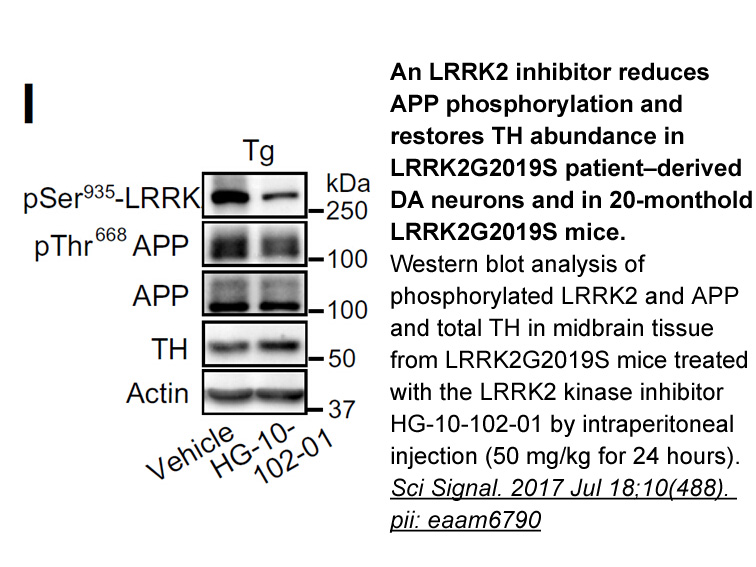Archives
ABC294640 Weak and transient interactions of HMGB proteins i
Weak and transient interactions of HMGB proteins in such hit-and-run mechanisms are understandable given that “fluorescence loss in photobleaching” (FLIP) experiments employing GFP-labeled HMGBs have shown that in living cells they are the most mobile of all nuclear proteins [144]. The entire pool of HMGB1 has been demonstrated to rapidly diffuse throughout the entire nucleus with each individual nucleosome being visited by HMGB1 approximately every 2 s and then dwelling there for only a fraction of a second. Thus, each HMGB–protein interaction is weak and transient. Nevertheless, since the intra-nuclear concentration of HMGB1 is in the micromolar range, at any given moment a significant fraction of the partner protein is engaged in interactions with HMGB1 simply because its concentration is so high [6].
Not all functional interactions of HMGB proteins are of the hit-and-run variety, however. In the case of the BHLF-gene, HMGB facilitates the formation of an enhanceosome on its promoter and remains a stable part of the complex following transcriptional activation [46]. It has also been demonstrated that HMGB proteins bind with high affinity to cisplatin adducts and shield these DNA-distorting lesions from repair processes [63], another example where HMGB proteins apparently form part of a stable DNA complex in vivo. It should also be noted, however, that binding of HMGB to some DNA lesions does not result in inhibition of repair. For example, when certain genotoxic nucleoside analogs (e.g., deoxythioguanosine) are incorporated into DNA, HMGBs target a complex consisting of HMGB1 and -2, HSC70, Erp60 and the cytoplasmic protein GAPDH to the mis-incorporated ABC294640 pair and stimulate its removal [81]. Thus, depending on the lesion, HMGB proteins can either inhibit or facilitate DNA repair processes.
But perhaps the most remarkable example of stable HMGB1 complex formation in vivo occurs during apoptosis when the usual dynamic movement of this protein is completely  arrested and nuclear chromatin undergoes condensation and fragmentation on a global scale [144]. This stable complex formation seems to be specific for HMGB1 since other nuclear proteins do not show a similar reduction in mobility during chromatin condensation. Since the biochemical modification state of HMGB1 doesn't change during apoptosis, the basis for stable binding likely resides in the condensed apoptotic heterochromatin itself. The signal for such binding is unknown but it has been suggested that it might be due to either HMGB recognition of (and binding to) the hypoacetylated N-terminal histone tails found in heterochromatin or to some structural change in chromatin resulting from the large-scale histone deacetylation that occurs during heterochromatin formation [6].
The apparent biological function of tight binding of HMGB to chromatin in apoptotic cells is to prevent the protein from leaking out of dying cells and triggering an inflammatory response [16]. HMGB (also known as amphoterin and sulfoglucuronyl carbohydrate binding protein (SBP-1) in the field of immunology) leaks out from necrotic cells as an “alarmin” molecule that signals to neighboring cells that tissue damage has occurred and induces them to divide, migrate, activate inflammation or start an immune response. HMGB is also naturally secreted from monocytes, macrophages, neurtrophils and other immune cells following exposure to LPS, IL-1β, TNF-α or other stimulatory agents and is a late mediator of sepsis [163]. Discussion of this fascinating “alter ego” aspect of HMGB function is, however, beyond the scope of this article and readers are referred to a recent review by Bianchi and Manfreidi [17] for coverage of this topic. Nevertheless, an important point to make concerning the immune functions of HMGB is that post-translational modifications regulate its nucleocytoplasmic shuttling and its secretion from cells. For example, phosphorylation regulates its nucleocytoplasmic shuttling and re-directs it towards secretion [174] and methylation on specific residues causes cytoplasmic retention of HMGB in nucleophils [74].
arrested and nuclear chromatin undergoes condensation and fragmentation on a global scale [144]. This stable complex formation seems to be specific for HMGB1 since other nuclear proteins do not show a similar reduction in mobility during chromatin condensation. Since the biochemical modification state of HMGB1 doesn't change during apoptosis, the basis for stable binding likely resides in the condensed apoptotic heterochromatin itself. The signal for such binding is unknown but it has been suggested that it might be due to either HMGB recognition of (and binding to) the hypoacetylated N-terminal histone tails found in heterochromatin or to some structural change in chromatin resulting from the large-scale histone deacetylation that occurs during heterochromatin formation [6].
The apparent biological function of tight binding of HMGB to chromatin in apoptotic cells is to prevent the protein from leaking out of dying cells and triggering an inflammatory response [16]. HMGB (also known as amphoterin and sulfoglucuronyl carbohydrate binding protein (SBP-1) in the field of immunology) leaks out from necrotic cells as an “alarmin” molecule that signals to neighboring cells that tissue damage has occurred and induces them to divide, migrate, activate inflammation or start an immune response. HMGB is also naturally secreted from monocytes, macrophages, neurtrophils and other immune cells following exposure to LPS, IL-1β, TNF-α or other stimulatory agents and is a late mediator of sepsis [163]. Discussion of this fascinating “alter ego” aspect of HMGB function is, however, beyond the scope of this article and readers are referred to a recent review by Bianchi and Manfreidi [17] for coverage of this topic. Nevertheless, an important point to make concerning the immune functions of HMGB is that post-translational modifications regulate its nucleocytoplasmic shuttling and its secretion from cells. For example, phosphorylation regulates its nucleocytoplasmic shuttling and re-directs it towards secretion [174] and methylation on specific residues causes cytoplasmic retention of HMGB in nucleophils [74].